For the green-eyed and bushy tailed, nothing beats the next clean thing. Read on for five fresh stunners hitting the green market today.
Bright Idea
A contender in the US Department of Energy’s L Prize competition (and a top-five invention-of-the-year pick by TimeMagazine), Philips’ brilliant LED bulb runs on less than ten watts, but beams the same luminosity as a 60 watt bulb. With 25 times the lifespan of generic bulbs, it could save enough energy to illuminate 17.4 million homes a year. Census crunch: That’s 7.4 percent of all U.S. homes! Now that’s mega-watt energy conservation.
Greener Cleaning
Recently, the market seems to be exploding with biodegradable products meant to protect our streams with chlorine- and petroleum-free suds. Eco-friendly product pioneer Seventh Generation has been ahead of the curve, developing resource-conscious household cleaners since the late ‘80s.
Their latest laundry detergent is a movement in its own right. This big-picture product leaves out petroleum, a detractor wasting at least 96,000 barrels of oil a year through generic powder detergent. If U.S. homes replaced one box of petroleum-packed powder detergent with a veggie-based product, we’d save enough fuel to heat (and cool!) 5,500 homes a year. And that’s just with one box.
Hooked On ‘Tronics
An upgrade from flat panel displays, high-tech electronic paper by E Ink looks and acts like the real thing. It’s flexible, legible at almost any angle, requires zero trees, minimal power and updates information on command. If it were a movie prop, you’d peg it as a stand-in for The Daily Prophet (the animated newspaper) in Harry Potter. On the street, you’ve likely seen electronic paper without even realizing it’s the physical screen driving so many portable readers.
Project Gutenberg evangelized the need for digitizing literature in the early ‘70s with an electronic library. It wasn’t until late 2007 that early adopters embraced the Amazon Kindle. In the past three years, E Ink offspring have grown to include Sony’s PRS-500, the Iliad, Barnes & Noble’s nook and the latest niche knockout, the iPad.
It can fold, roll and mimic paper’s every move – but long-term durability hasn’t yet caught up with electronic paper’s technology (it’s delicate). Until sturdier models hit the market, mainstream e-paper will likely circulate through devices.
On July 1, E Ink announced the launch of Pearl, a suped-up version of its original Vizplex display. Offering 16 levels of gray for improved readability, more efficient energy consumption and a contrast ratio that’s roughly 50 percent sharper than before, E ink inches closer to mending the user experience gap between page and screen. Though multiple Pearl displays are set to hit devices late this year, the brand new Kindle DX remains the exclusive host to its groundbreaking technology.
Ready to make the e-book leap? Click here to see our novel solution for idle hardbacks.
It’s Electric
You’ll be able to give up the gas this November with rechargeable rides like the Nissan LEAF. That’s a snappy acronym for Leading, Environmentally Friendly, Affordable, Family Car. It’s a fully-equipped, zero emissions car running a 100 miles on a full charge. The best part? It powers up just like your iPod – sort of.
A three-level home charging system lets you choose your speed—owners can opt for docking times from 8 to 20 hours to kick this car into gear. The catch: You’ll need garage-style access to an electrical outlet, making this a tricky ride for city dwellers.
Until then, there’s always the Honda Hybrid Civic, a style so successful on the international market that Japan’s planning on discontinuing regular Civics in 2011 and introducing as many as five hybrid models by 2013.
Sun Dial
What rural India lacks in electricity, it makes up for in sun. And now, cell phones. In an effort to increase market penetration in rural segments, Mumbai-based mobile phone company Vodafone Essar debuted the VF 247, a solar-powered mobile phone, on July 27. Considering nearly thirty percent of Indians live without electricity, it might swiftly address topical issues of connectivity and investment in less developed areas.
Priced at 1,500 rupees – say, $32 – it offers 240 minutes of chatter on an eight-hour charge. Its debut this month is sure to spike sales among affluent networks and excite the development of sustainable solutions in the Indian marketplace. And with its added features – an FM radio and trail-blazing flashlight – this solar phone seems destined to rule traveler wish lists to come. Just one caveat: With a per capita income of $1,030, most Indians – rural or not – earn roughly $2 a day. There’s a deep disconnect between the product and the population’s income.
The international market, however, is a different story. Here’s hoping a sustainable – and affordable – option debuts domestically.
Click here to see our pick for getting your charge on.


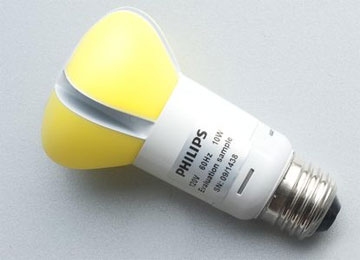
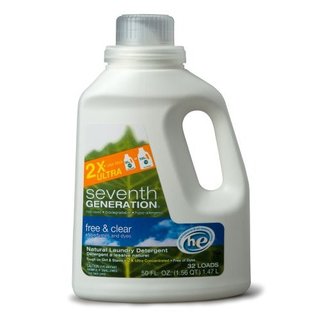
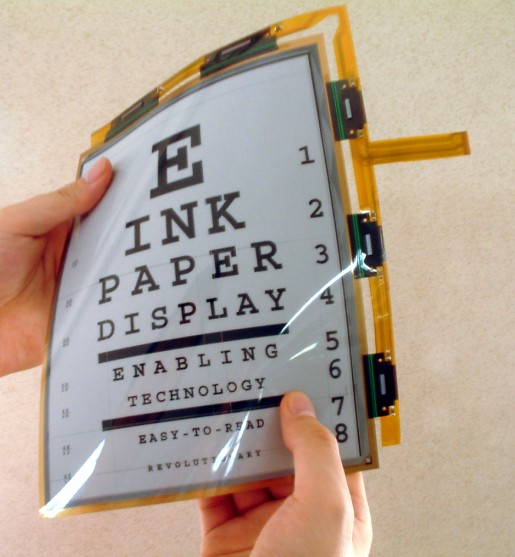
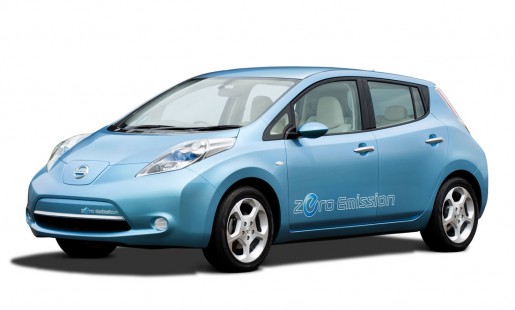
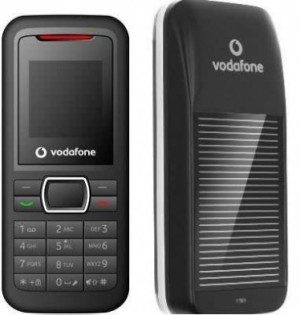
No Comments